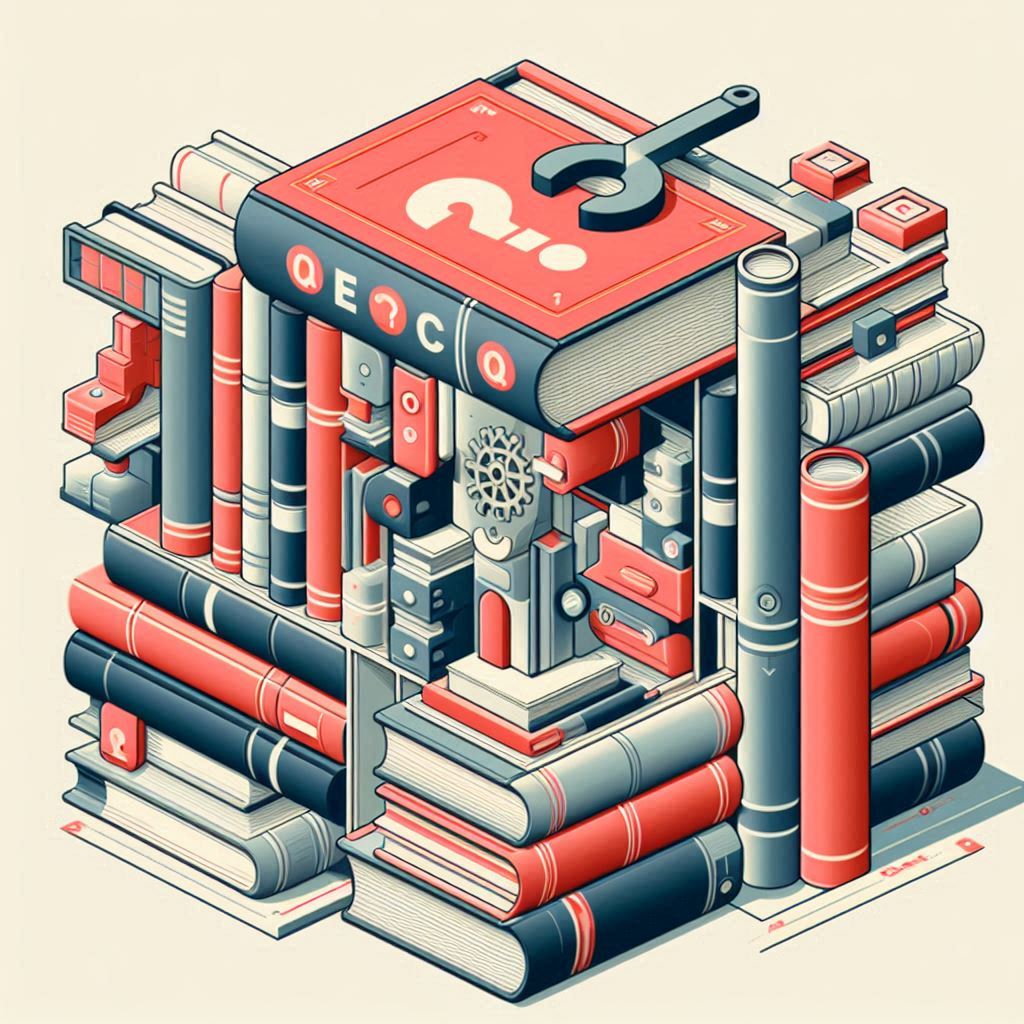Outline the process of vaccination: (a) weakened pathogens or their antigens are put into the body (b) the antigens stimulate an immune response by lymphocytes which produce antibodies (c) memory cells are produced that give long-term immunity

IGCSE Biology
State that specific antibodies have complementary shapes which fit specific antigens
State that specific antibodies have complementary shapes which fit specific antigens
Describe antibodies as proteins that bind to antigens leading to direct destruction of pathogens or marking of pathogens for destruction by phagocytes
Describe antibodies as proteins that bind to antigens leading to direct destruction of pathogens or marking of pathogens for destruction by phagocytes
Describe active immunity as defence against a pathogen by antibody production in the body
Describe active immunity as defence against a pathogen by antibody production in the body
Explain the importance of the following in controlling the spread of disease: (a) a clean water supply (b) hygienic food preparation (c) good personal hygiene (d) waste disposal (e) sewage treatment (details of the stages of sewage treatment are not required)
Explain the importance of the following in controlling the spread of disease: (a) a clean water supply (b) hygienic food preparation (c) good personal hygiene (d) waste disposal (e) sewage treatment (details of the stages of sewage treatment are not required)
Describe the body defences, limited to: skin, hairs in the nose, mucus, stomach acid and white blood cells
Describe the body defences, limited to: skin, hairs in the nose, mucus, stomach acid and white blood cells
State that a pathogen is transmitted: (a) by direct contact, including through blood and other body fluids (b) indirectly, including from contaminated surfaces, food, animals and air
State that a pathogen is transmitted: (a) by direct contact, including through blood and other body fluids (b) indirectly, including from contaminated surfaces, food, animals and air
Describe the process of clotting as the conversion of fibrinogen to fibrin to form a mesh
Describe the process of clotting as the conversion of fibrinogen to fibrin to form a mesh
State the functions of: (a) lymphocytes – antibody production (b) phagocytes – engulfing pathogens by phagocytosis
State the functions of: (a) lymphocytes – antibody production (b) phagocytes – engulfing pathogens by phagocytosis
Identify lymphocytes and phagocytes in photomicrographs and diagrams
Identify lymphocytes and phagocytes in photomicrographs and diagrams